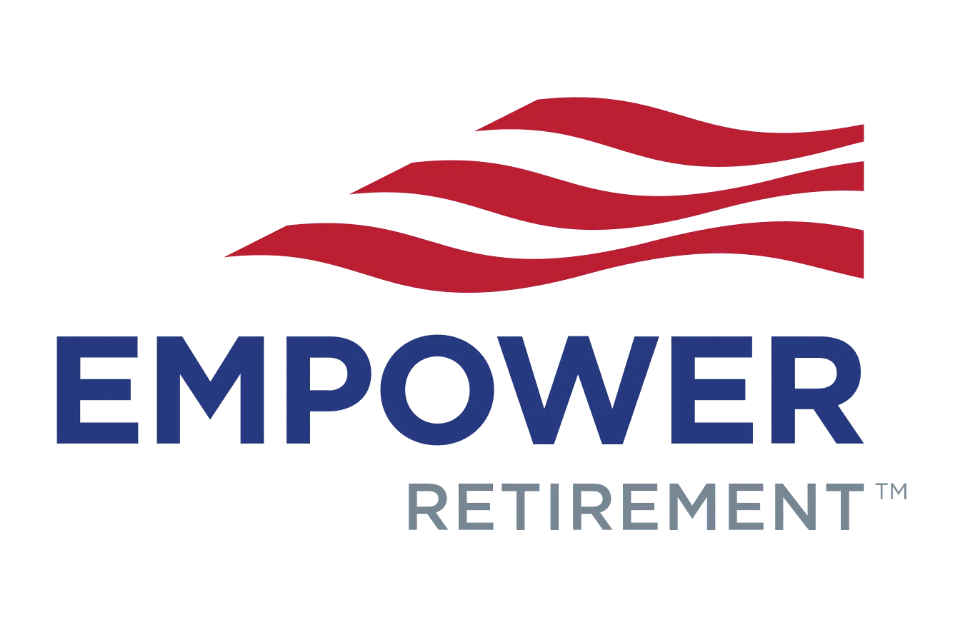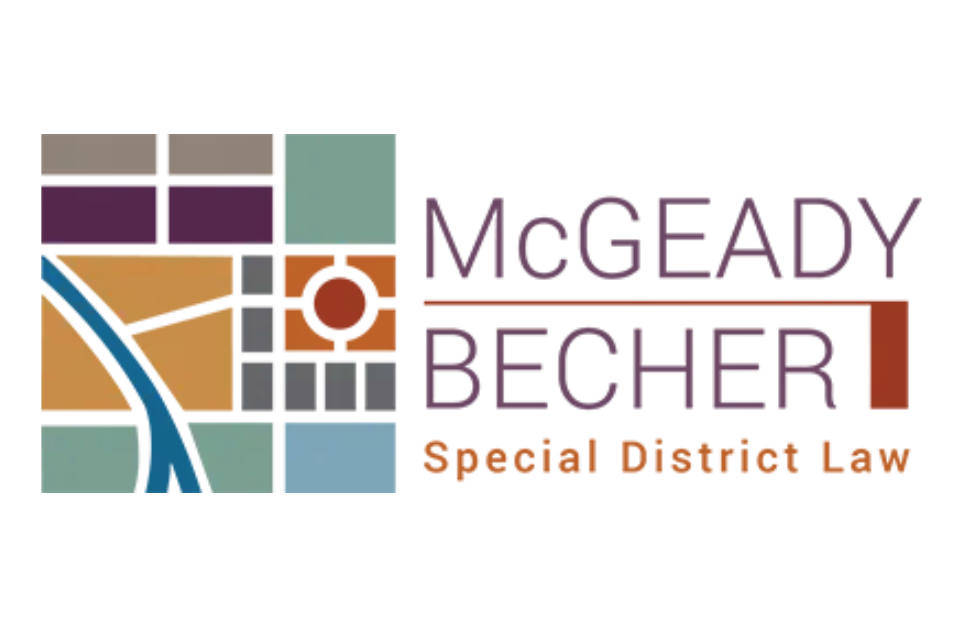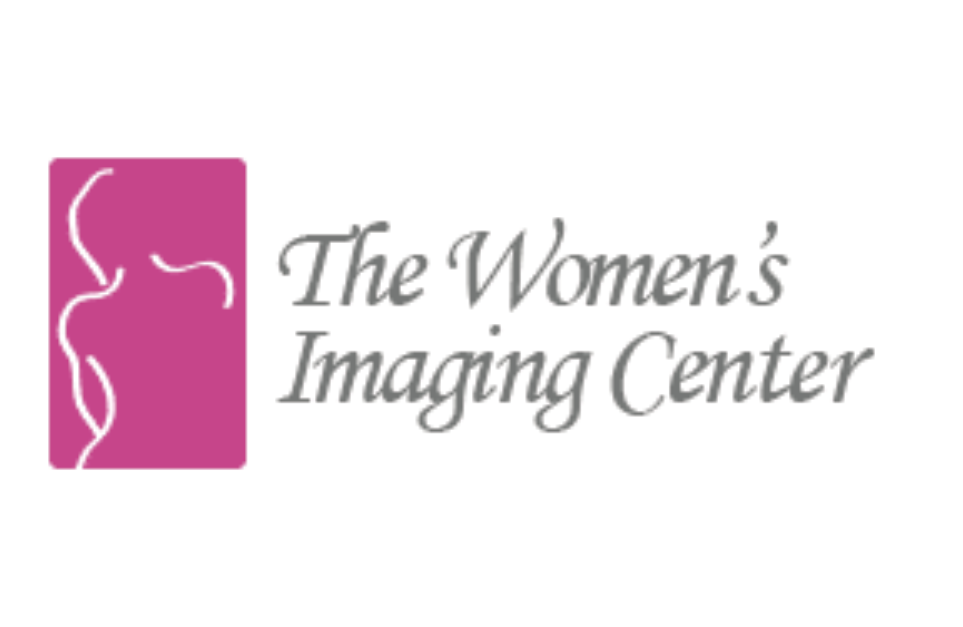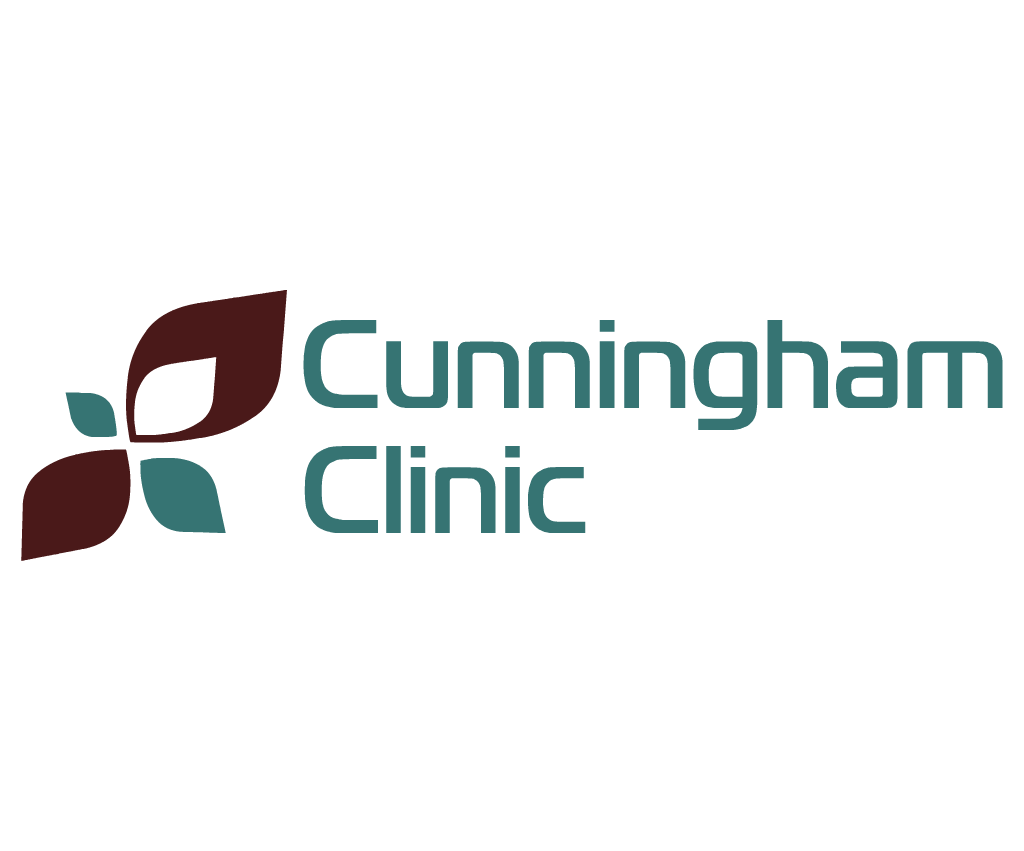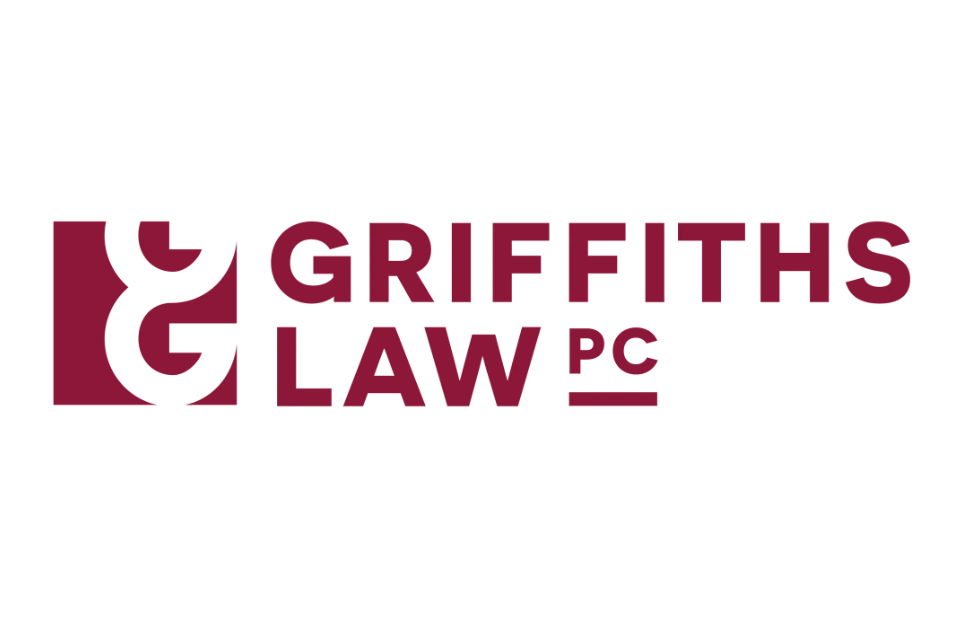Treatment in HR+ Early Breast Cancer May be Best Guided by Risk of Recurrence
By: Caroline Seymour
From: onclive.com
After settling the debate of which patients with early-stage, hormone receptor–positive breast cancer require chemotherapy in addition to endocrine therapy, investigators have set their sights on determining whether ovarian function suppression can deliver the same effects of chemotherapy and when to recommend abemaciclib (Verzenio) and olaparib (Lynparza).
In the footnotes of the National Comprehensive Cancer Network (NCCN) guidelines for adjuvant endocrine therapy new guidance indicate that abemaciclib may be considered in combination with endocrine therapy in patients with hormone receptor–positive, HER2-negative, high-risk disease with at least 4 positive lymph nodes or 1 to 3 positive lymph nodes with grade 3 disease, a tumor size of at least 5 cm, or a Ki67 score of 20% or higher. Moreover, olaparib may be considered in the BRCA -mutant population; chemotherapy should be given in combination with endocrine therapy in premenopausal patients; and 5 years of an aromatase inhibitor or tamoxifen plus ovarian function suppression can be considered for premenopausal patients at higher risk of recurrence. 1
The recommendations are based on data from the TAILORx (NCT00310180), RxPONDER (NCT01272037), SOFT (NCT00066690) and TEXT (NCT00066703), monarchE (NCT03155997), and OlympiA (NCT02032823) trials, which William J. Gradishar, MD, FASCO, FACP, reviewed in a presentation delivered at the 40th Annual Miami Breast Cancer Conference®. 2 Gradishar is the Betsy Bramsen Professor of Breast Oncology and chief of Oncology/Hematology at the Robert H. Lurie Comprehensive Cancer Center at Northwestern University in Chicago, Illinois.
Tackling Treatment Intensity in TAILORx and RxPONDER
For women with an OncotypeDx recurrence score of less than 26, the importance of adding chemotherapy to endocrine therapy was shown in the phase 3 TAILORx trial. In the study, women with high-risk, node-negative, estrogen receptor (ER)–positive, HER2-negative breast cancer underwent testing with the OncotypeDx assay to determine risk of recurrence. Patients with a low score between 0 and 10 received endocrine therapy alone and those with a high score between 26 and 100 received endocrine therapy plus chemotherapy. Patients with a mid-range score between 11 and 25 were randomly assigned to endocrine therapy with or without chemotherapy.
Findings from an updated analysis presented at the 2022 San Antonio Breast Cancer Symposium 3 mirrored those presented in the primary analysis, showing that endocrine therapy alone (n = 3399) was noninferior to its use in combination with chemotherapy (n = 3312) in the intention-to-treat population. However, when further stratified by age, investigators showed improved invasive disease-free survival (iDFS) and distant recurrence-free survival (DRFS) in patients aged 50 years or younger and a recurrence score between 21 and 25 with the addition of chemotherapy.
“This begs the question of whether optimal endocrine therapy with ovarian suppression could achieve the same thing,” Gradishar said.
The phase 3 RxPONDER trial similarly evaluated the benefit of added chemotherapy, but in women with node-positive disease and a recurrence score between 0 and 25. Although results showed no statistically significant difference for iDFS in the postmenopausal population, premenopausal patients experienced a 5-year absolute difference in iDFS of 5.2% with chemotherapy (HR, 0.54; 95% CI, 0.38-0.76; P = .0004). 4
The ongoing BR009 trial will formally address whether chemotherapy has any advantages over ovarian function suppression with endocrine therapy in the premenopausal population, results of which will prove “very useful,” according to Gradishar.
“Based on the RxPONDER as well as the TAILORx trial, we now have tools that help define those patients who really need chemotherapy, and a significant chunk of them [for whom] we can avoid chemotherapy,” Gradishar said. “We’re still learning a great deal from certain subsets in these trials that will prove to be informative with further updates.”
Sorting Through Optimal Endocrine Therapy in SOFT and TEXT
“The SOFT and TEXT trials have been around for a long time, and we’ve heard data presented from them over the years. We now have very mature data from this dataset,” Gradishar said.
Both trials evaluated tamoxifen and exemestane in combination with ovarian function suppression in premenopausal patients. In both trials, adjuvant chemotherapy was permitted for patients at high risk per the treating physician. In data presented at the 2021 San Antonio Breast Cancer Symposium, the addition of ovarian function suppression to either tamoxifen or exemestane demonstrated clear benefit, with a 12-year overall survival (OS) rate of 89.0% and 89.4%, respectively, vs 86.8% with tamoxifen alone ( P = .06). 5 Moreover, in a joint analysis of both trials, exemestane plus ovarian function suppression showed a 3.3% improvement in OS benefit compared with tamoxifen and ovarian function suppression in the HER2-negative chemotherapy cohorts.
“Where that benefit was most evident is in patients who are deemed to have the highest risk. So, for those clinicians who decided chemotherapy should be part of the plan, often patients with higher-risk disease, clearly younger patients, [are the] group [for which] maximal ovarian suppression and endocrine therapy really showed the most benefit,” Gradishar said.
“The SOFT and TEXT trials have told us that in very high-risk patients, particularly those who are young with high-risk features, the addition of ovarian suppression plus endocrine therapy may further reduce the risk of recurrence. There are trials that are ongoing that will help define whether ovarian suppression plus endocrine therapy could serve as a substitute for chemotherapy with an equally good outcome,” Gradishar said.
Treating With Targeted Therapy in monarchE and OlympiA
“Transitioning to one of the newer wrinkles that we have in adjuvant endocrine therapy, and for that matter, endocrine therapy in general, is the notion of partnering endocrine therapy with targeted therapies,” Gradishar said.
A total of four trials evaluating CDK4/6 inhibitors have been performed in the adjuvant setting, but only one has proved positive to date: monarchE, which showed a 30% reduction in invasive disease with abemaciclib plus endocrine therapy vs endocrine therapy alone (HR, 0.70; 95% CI, 0.59-0.82; P < .0001). 6 Both the phase 3 PALLAS (NCT02513394) and PENELOPE-B (NCT01864746) trials, which evaluated postoperative palbociclib (Ibrance), failed to demonstrate statistical significance vs placebo for the primary end point of iDFS (HR, 0.96; 95% CI, 0.81-1.14; P =.65; HR, 0.93; 95% CI, 0.74-1.17; P = .53, respectively). 7,8 Results from the phase 3 NATALEE trial (NCT03701334) are still pending.
monarchE enrolled patients with pre- or postmenopausal hormone receptor–positive, HER2-negative, node-negative, high-risk early breast cancer. “Keep in mind that these are high-risk patients who had certain features that allowed them to be participants in this trial, [such as] greater than 4 positive nodes, or 1 to 3 nodes with other features, including high-grade or larger tumors. There was a smaller cohort that was driven largely by proliferation or Ki67,” Gradishar said.
The post Treatment in HR+ Early Breast Cancer May be Best Guided by Risk of Recurrence appeared first on Let Life Happen.
Many Thanks To Our Wonderful Sponsors
We provide a Sense of Security from financial hardship while enhancing the quality of life for Colorado breast cancer patients in treatment.
Contact Us
1385 South Colorado Blvd, Suite A-714
Denver, CO 80222
Open Monday - Friday 9am - 5pm



